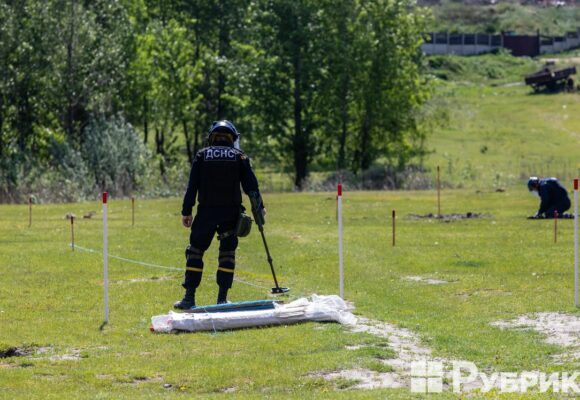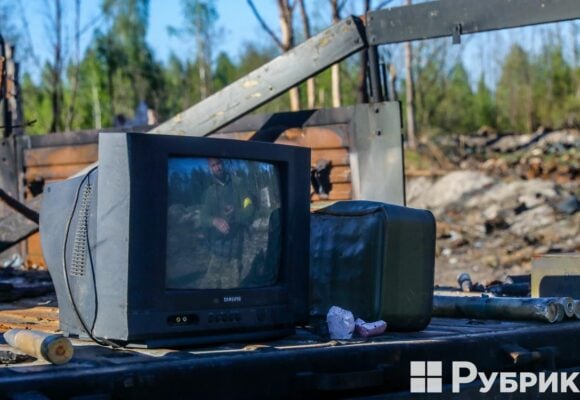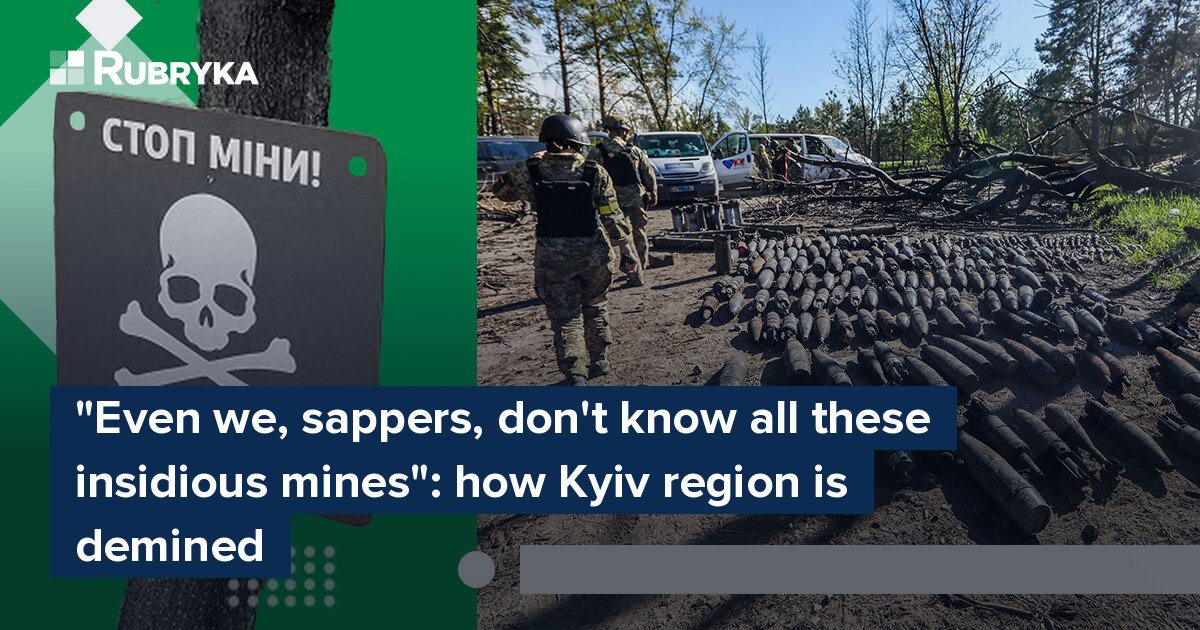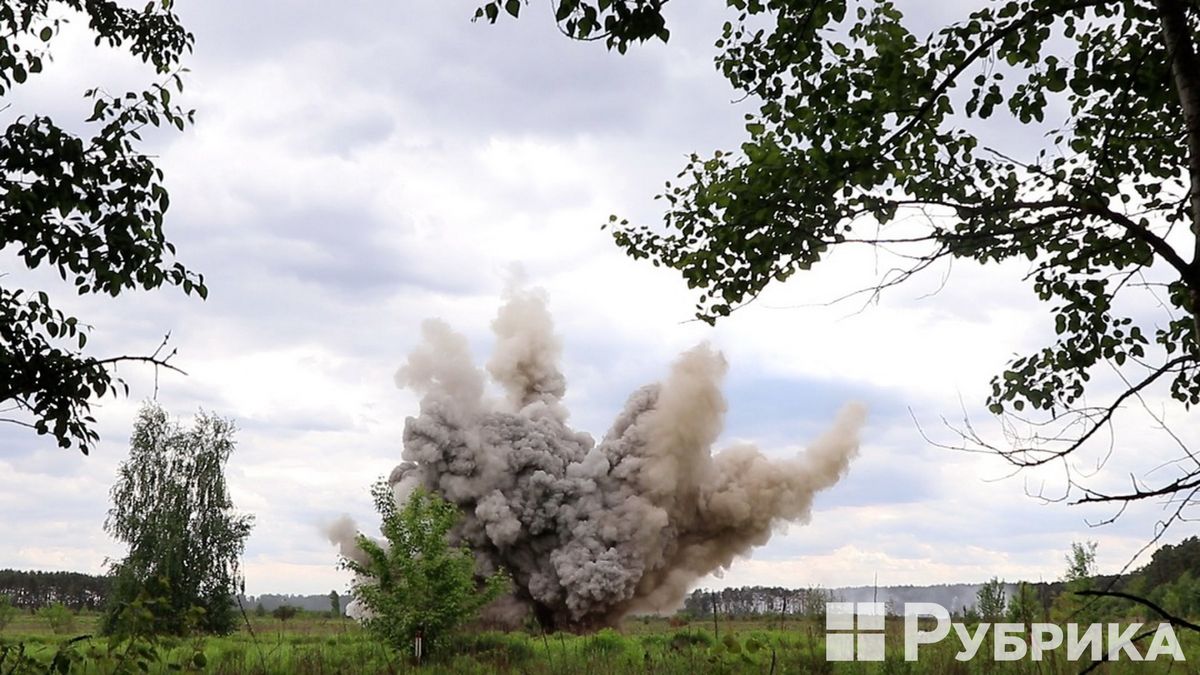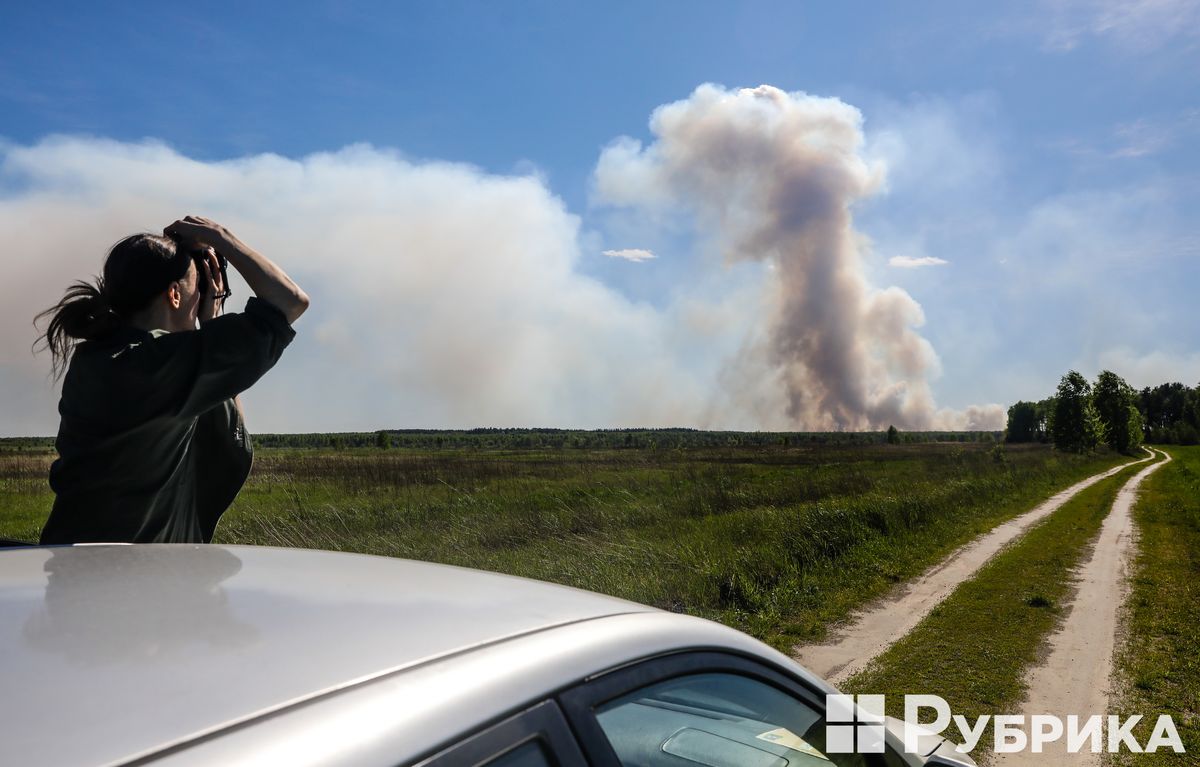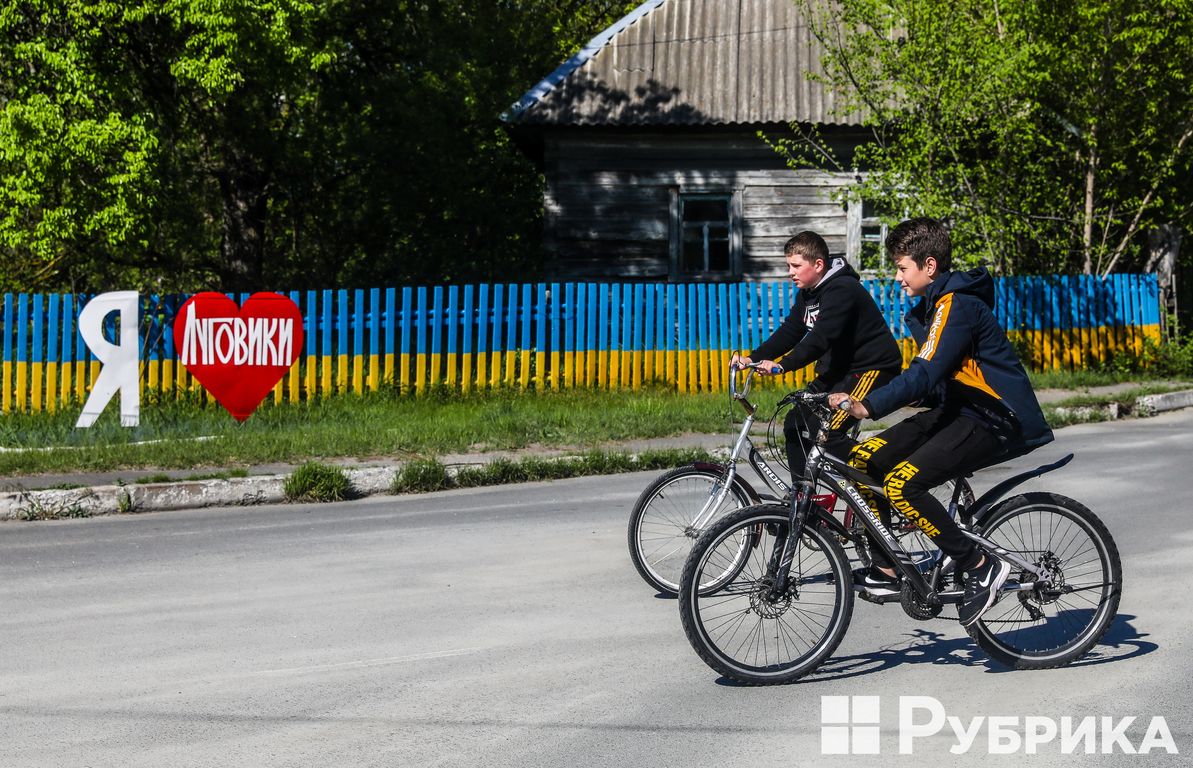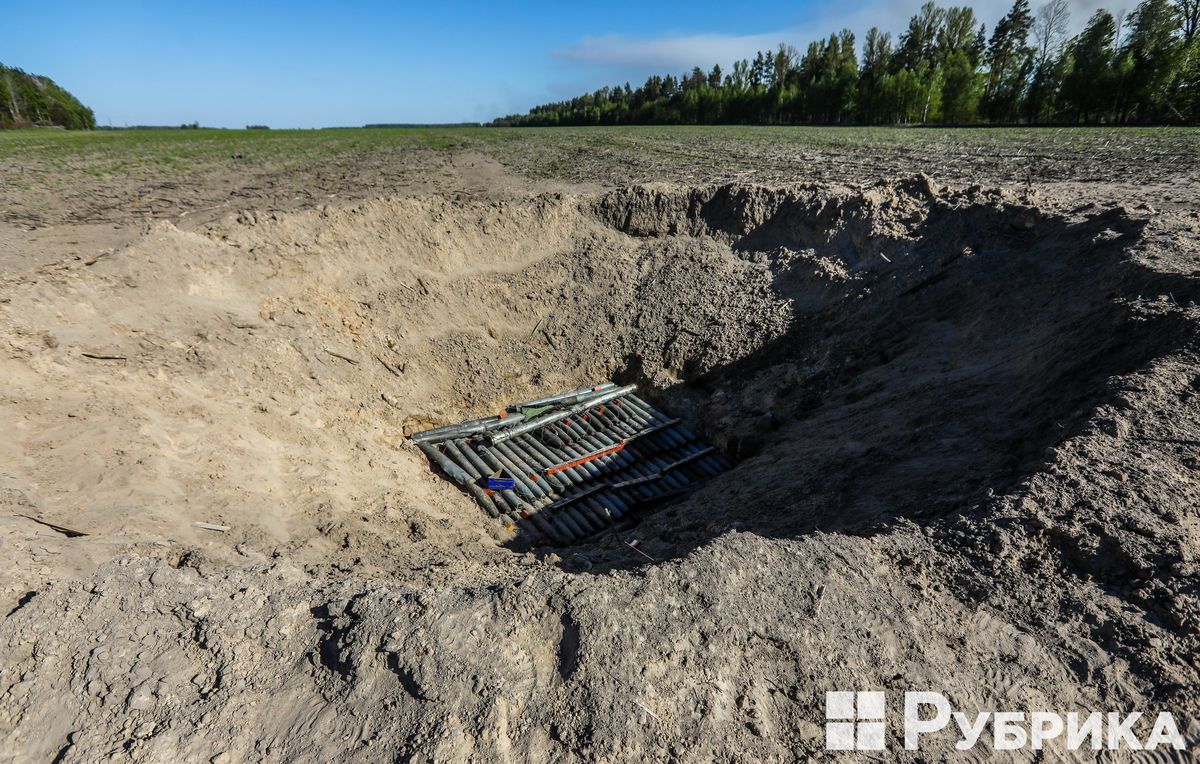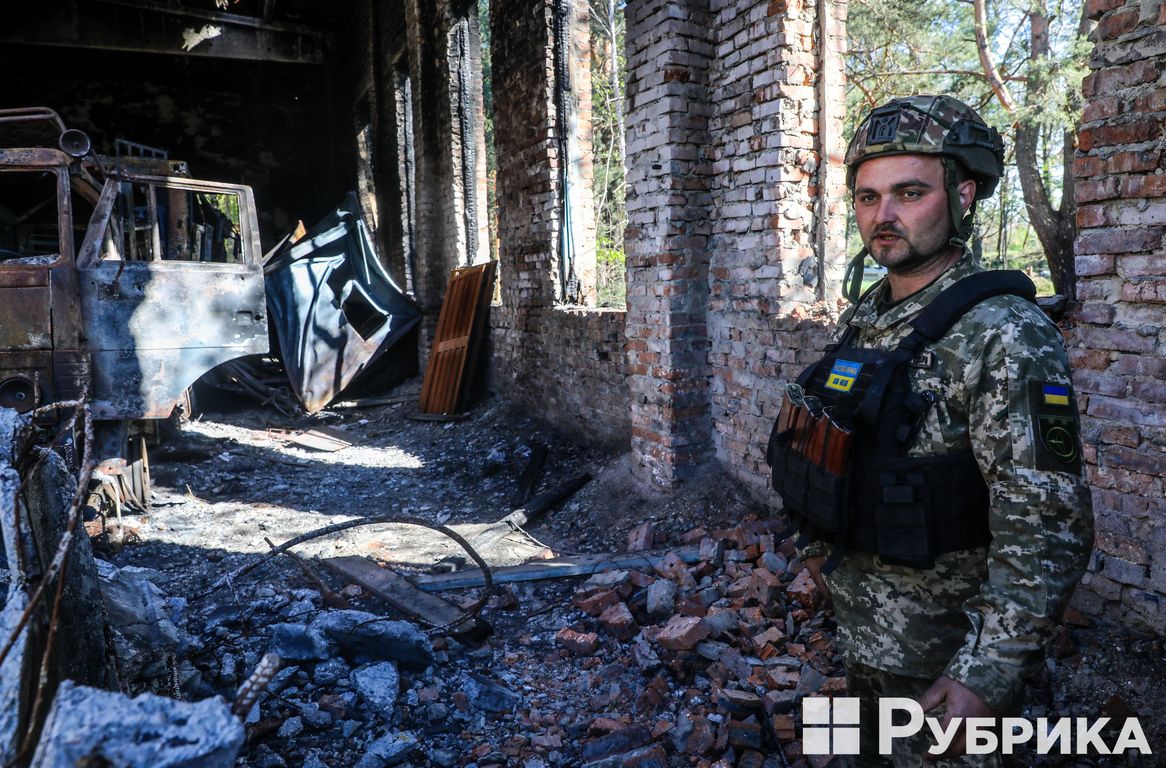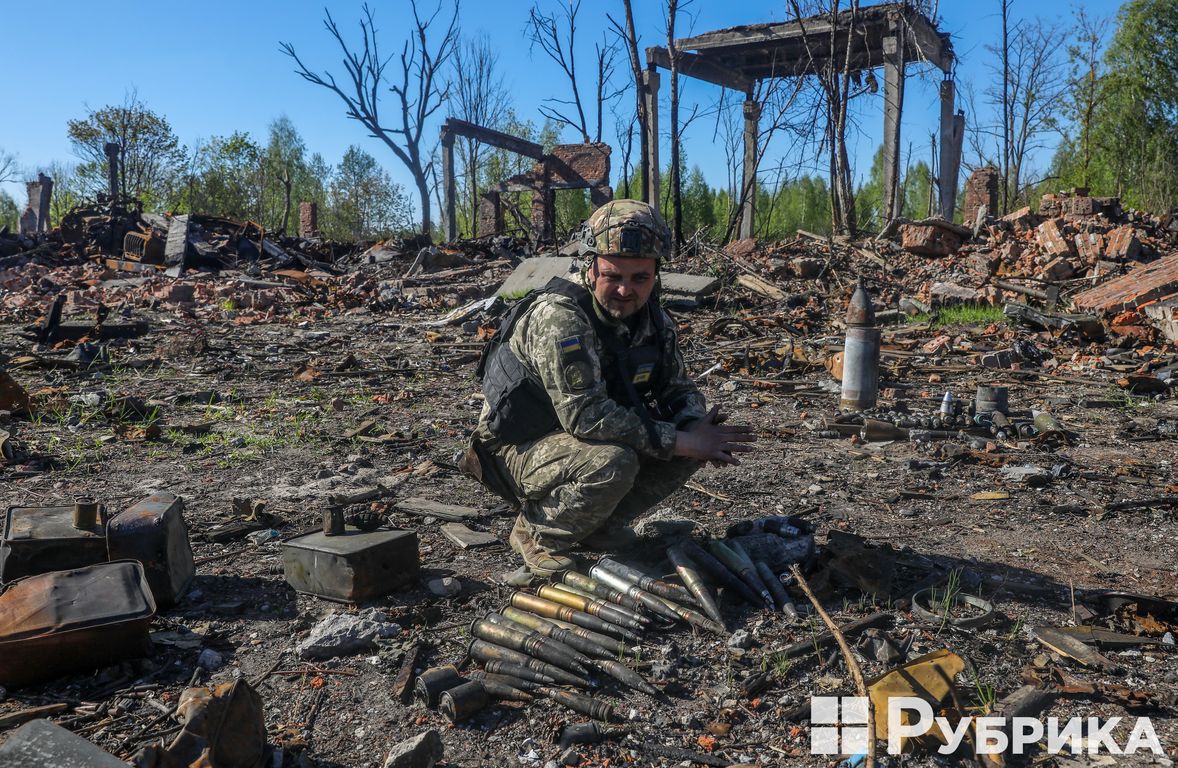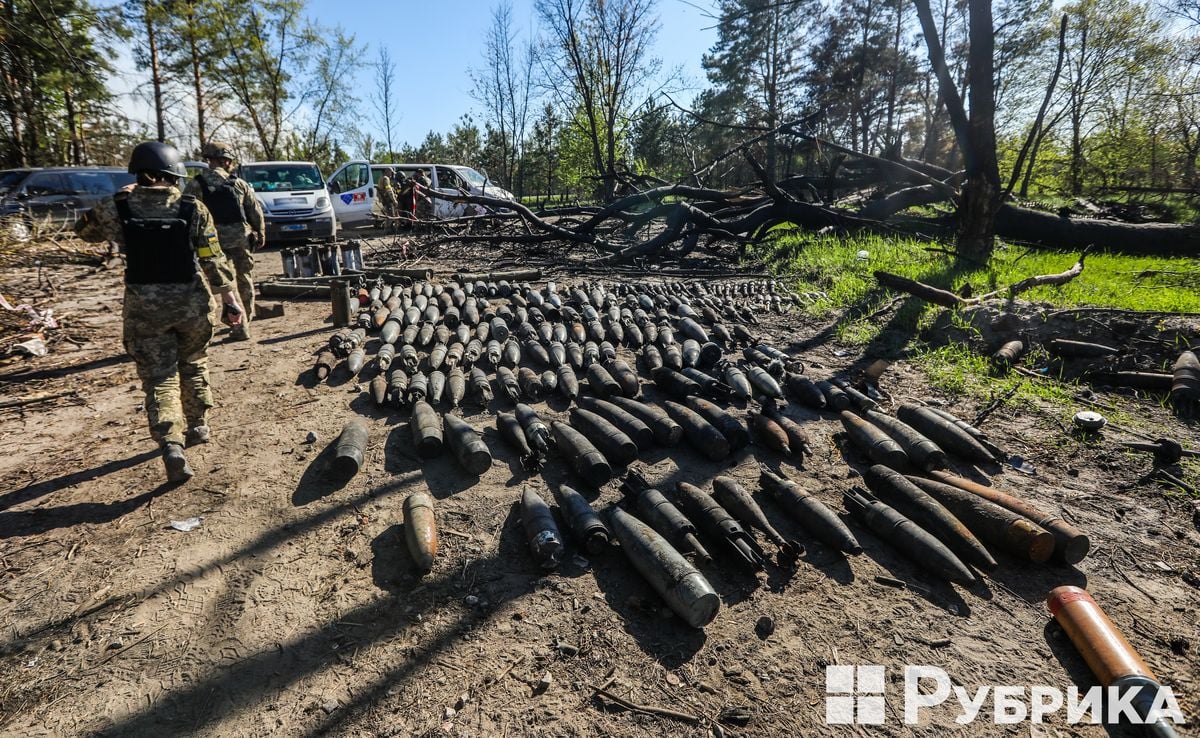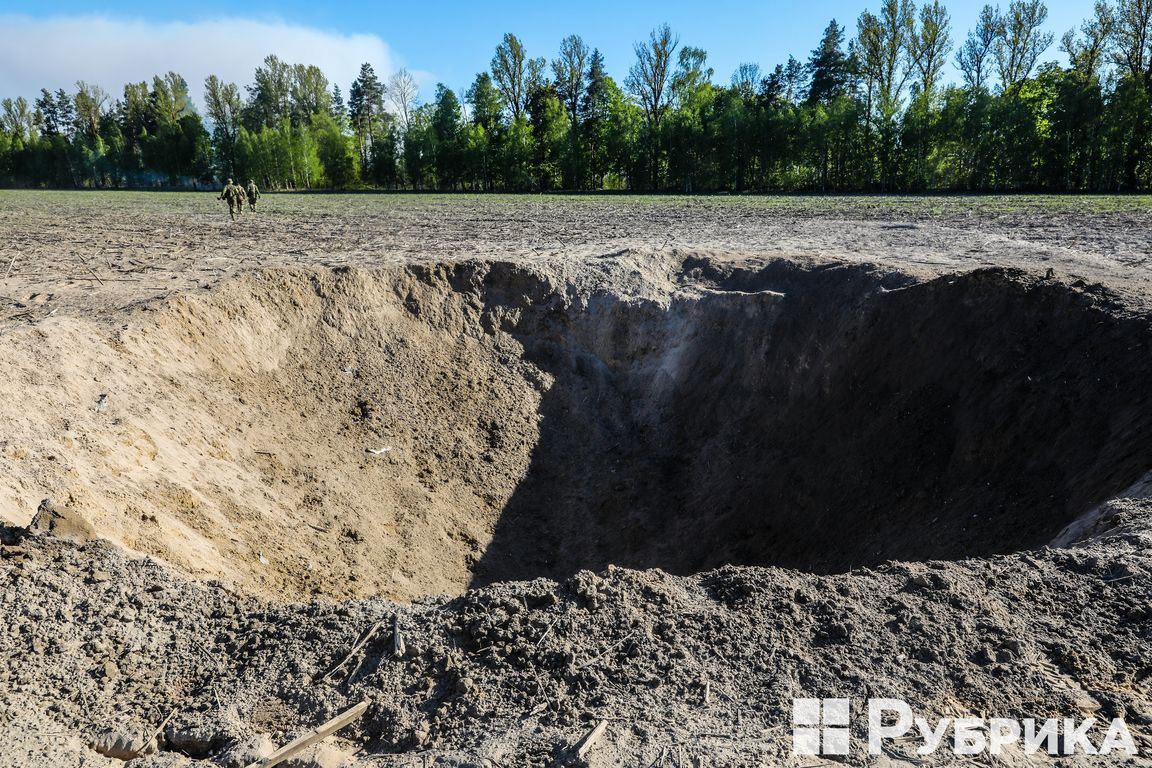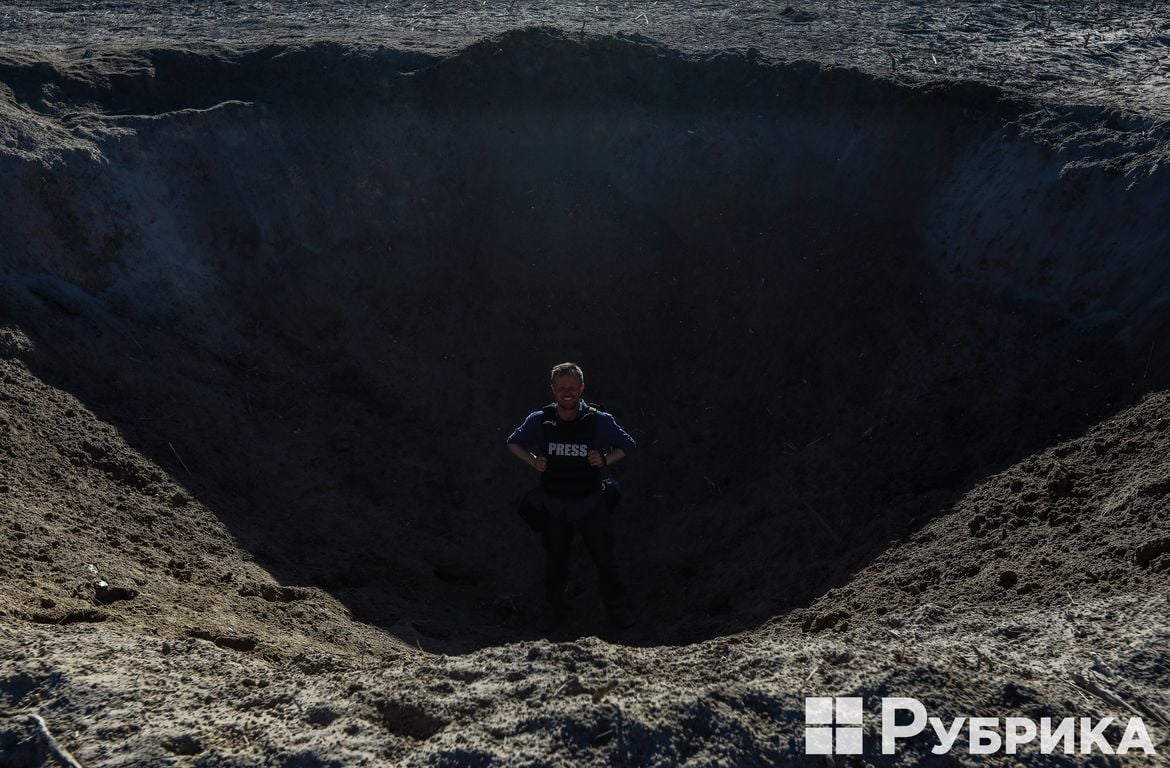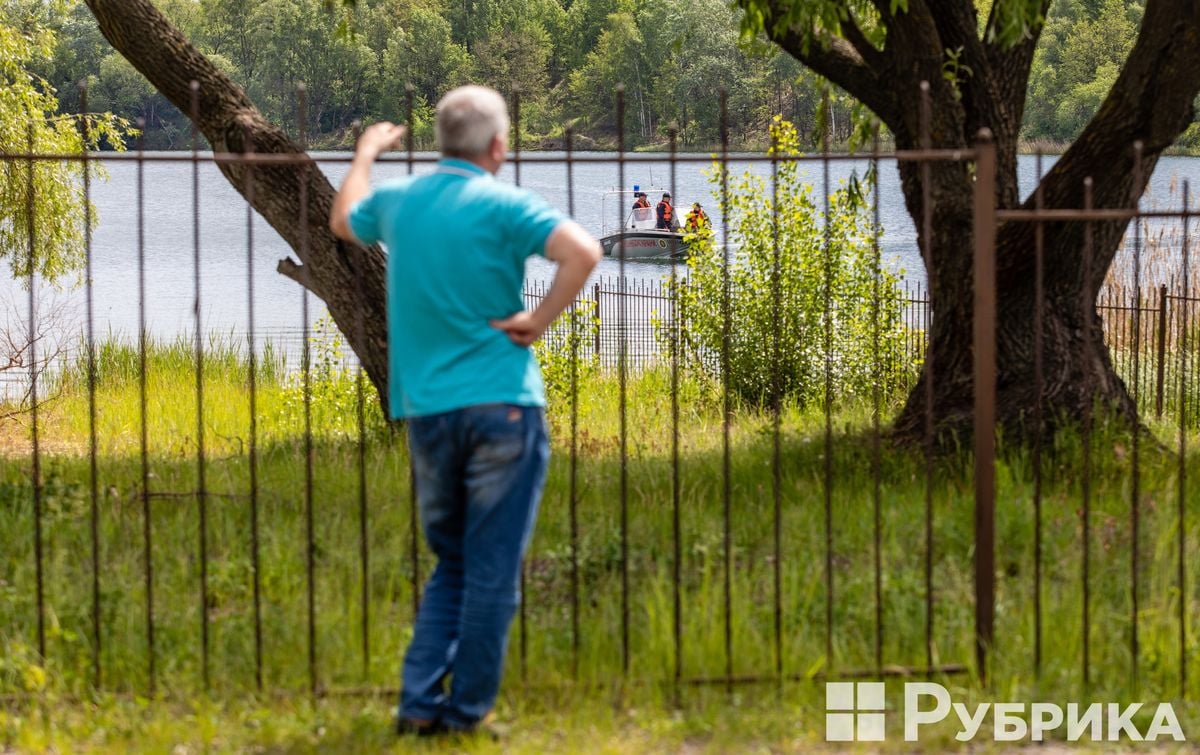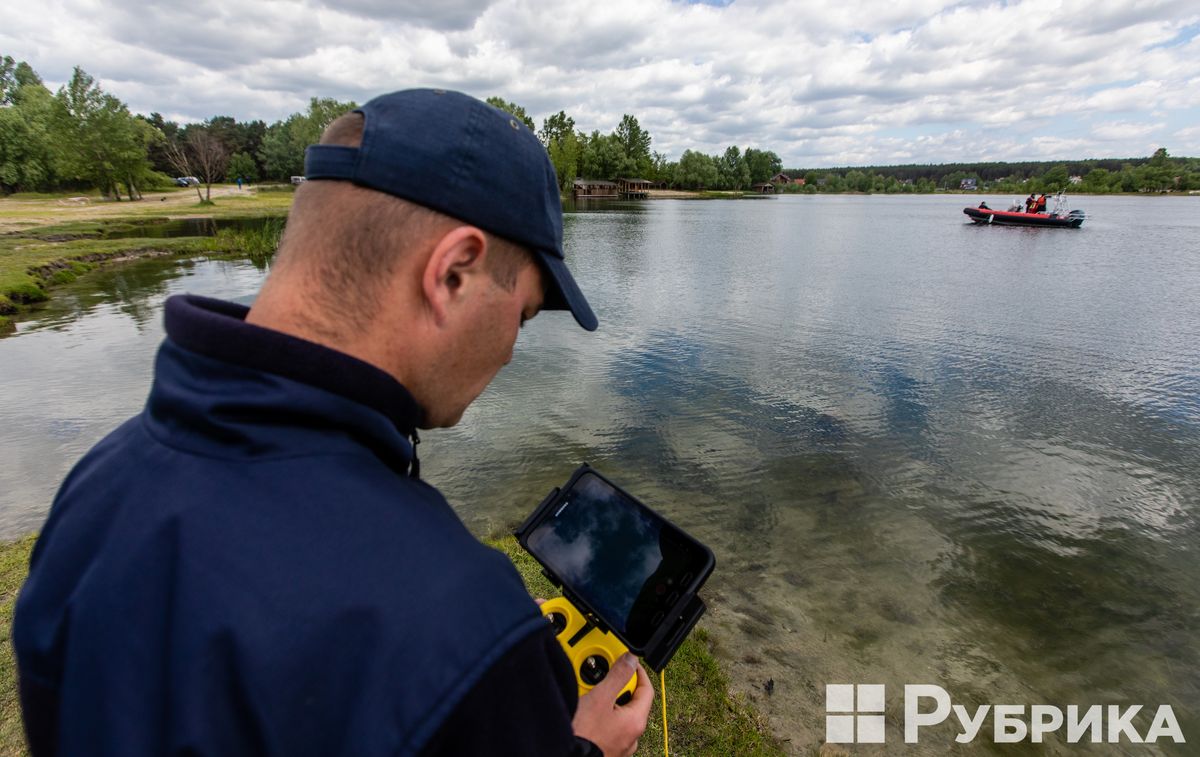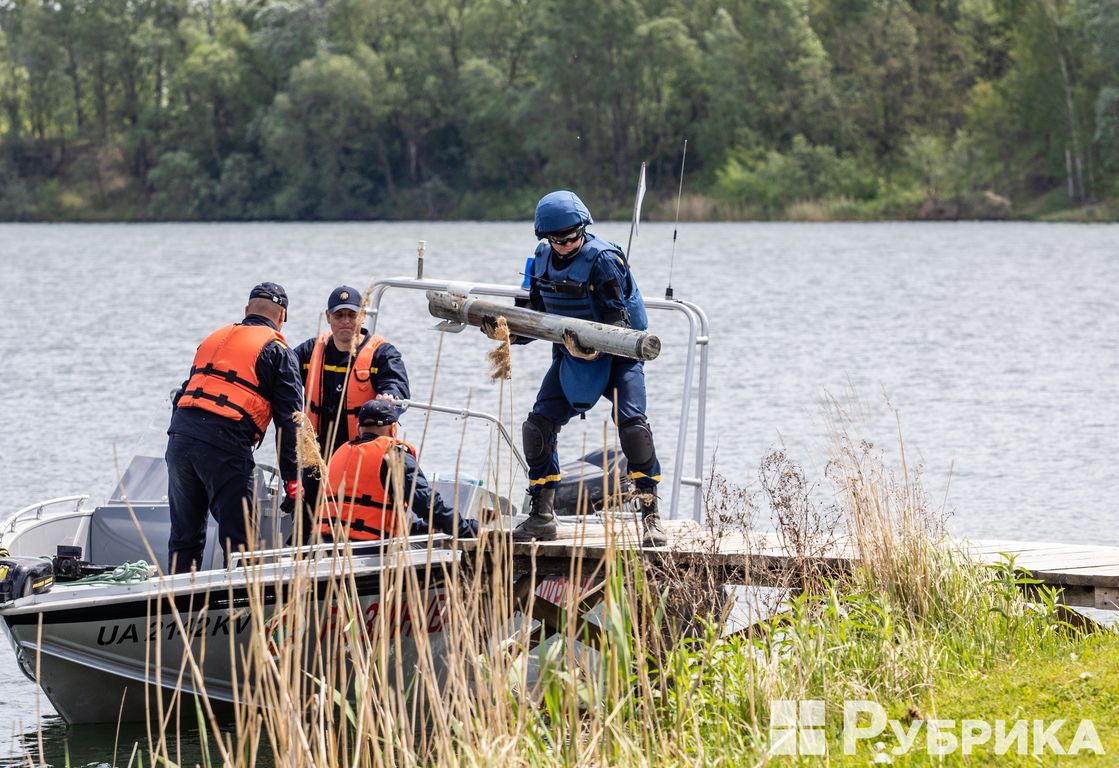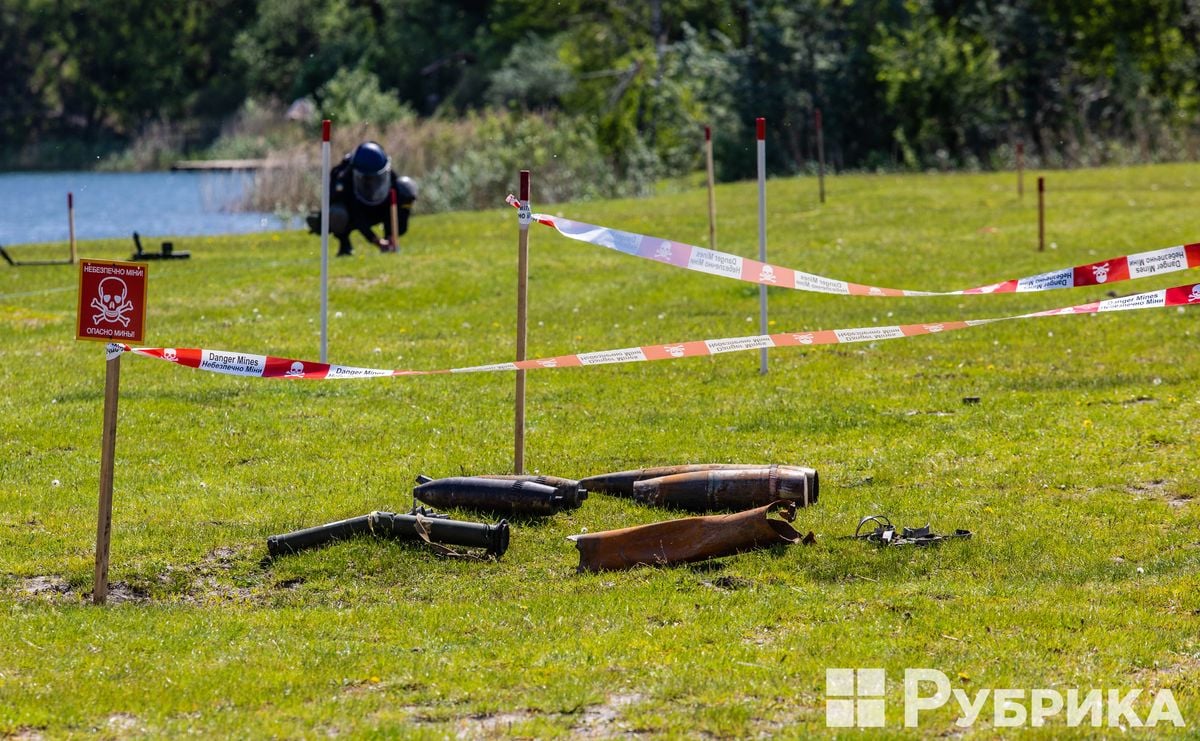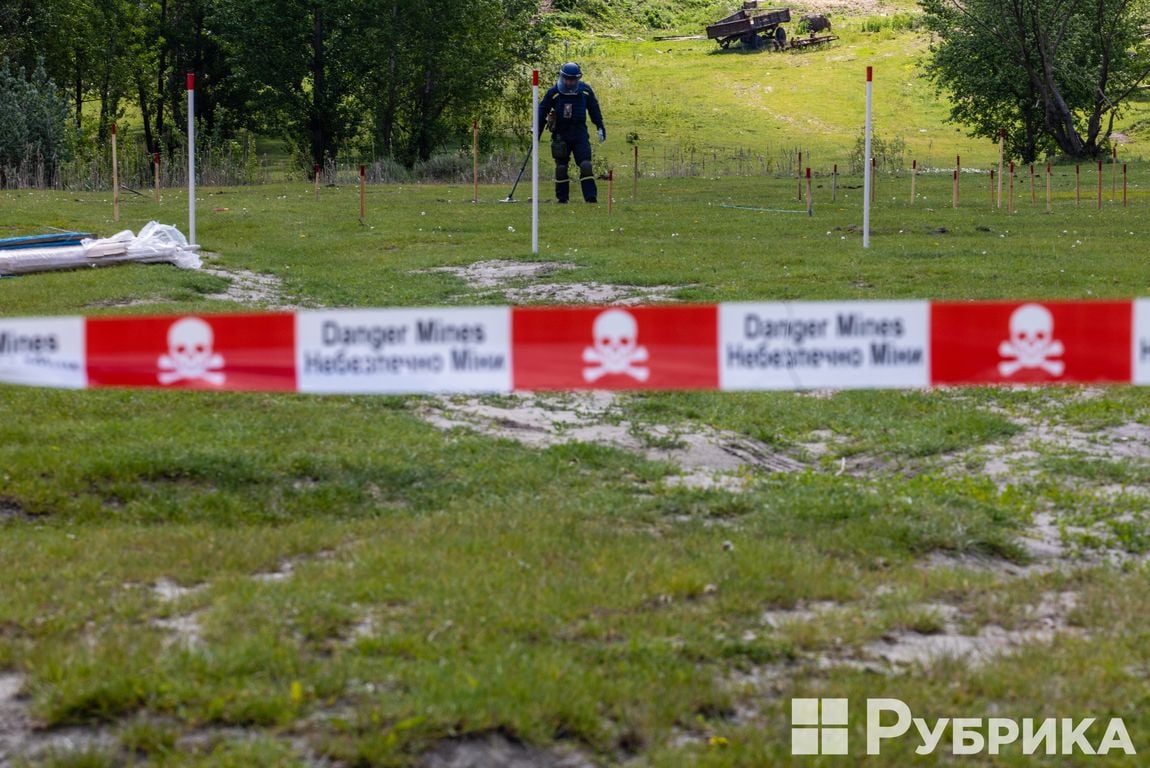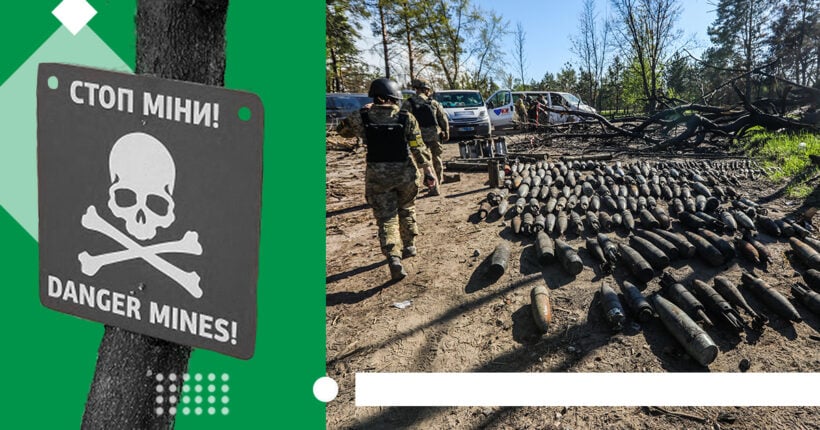
What is the problem?
The russians have left behind tens of thousands of unexploded ordnance: thousands of dangerous mines and tripwires. It's easy to detonate a tripwire. Unfortunately, people don't always fully understand the danger. Most recently, a young man was killed in the village of Zalissia, near Kyiv, when he climbed into a blasted tank, tried to pull something out of it, and exploded. Another villager died while walking in the woods. Every week, the news pops up in the media about trucks or agricultural machinery detonating anti-tank mines. The mining problem in Ukraine is enormous. It is difficult to inspect huge areas quickly, and there's still no one-hundred-percent guarantee of safety even on the territories sappers have already checked. The reason is that the enemy could plant mines that were difficult to detect. For example, tripwires can be completely invisible, and anti-tank mines can be deeply buried. Besides, the profession of sapper wasn't prevalent in peacetime, so we add the lack of specialists to the equation. The most optimistic forecasts say it will take 5–7 years to fully demine Ukraine's territory.
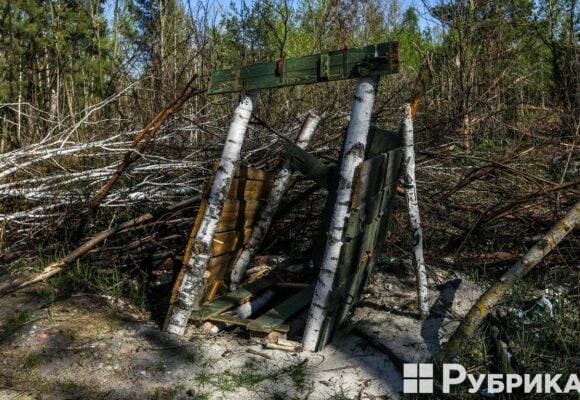
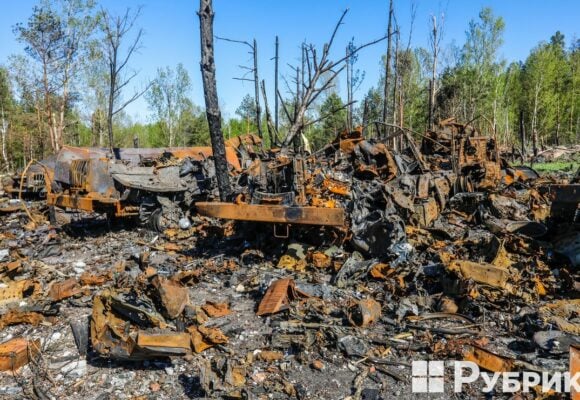
What is the solution?
Ukraine's relevant services conduct demining. Civilians should be careful and follow government-recommended rules.
For the fourth time in the last month, Rubryka has been observing the demining of various shells, bombs, and missiles together with the Ukrainian army's 112th separate brigade of the territorial defense. Today, for the first time, together with the State Emergency Service, we're witnessing demining on the water reservoir—Lake Blakyntne in the village of Horenka. But first, we come to Luhovyky in the Kyiv region. Demining of the russian base shelled by the Ukrainian Armed Forces is happening here.
What russians leave behind
The village of Luhovyky is located near the border with Belarus. On the way to the town, we see the fire smoke rising into the sky; forests and peat bogs are burning. In peacetime, such fires are difficult to put out, but now there are still many unexploded ordnance and mines inside the ground that extinguishing is still very dangerous for firefighters.
The village greets the guests with a big red heart and the inscription "I Love Luhovyky." A 112th Brigade's press officer joined us, and while we were waiting for the sappers, two local girls approached her, asked to take a picture with her, and said they dreamed of serving in the army.
The deminers have already dug a large pit in the field near the bombed headquarters position of russia's 38th Separate Guards Motor Rifle Brigade. Today, they put 66 Grad missile warheads there found at the headquaters.
Even two months after the Ukrainian army destroyed the position, this place is still mind-boggling: there are almost forty units of destroyed equipment and two bombed tanks. There is a shattered command and staff vehicle in the Kamaz truck. russians set up their base leaving behind mutilated trees and damaged buildings.
The deminers don't know the exact date when the Ukrainian troops destroyed this position, approximately in early March. Then a massive amount of ammunition detonated. Hardly any of the occupiers were lucky enough to survive. To put it mildly, it was hell for the russians.
Mykola Opanasenko, the sapper of Kyiv's 112th Territorial Defense Brigade, told us that a large amount of damaged ammunition is still scattered on the territory of the former russian base.
"Starting with 7.62 rounds and ending with Grad missiles, anti-tank missile systems, 152-mm, and 125-mm shells," the sapper added, "There are just an infinite number of them."
"The environment suffers greatly," says the soldier, "because russia's armed forces are arranging positions in the forests, harming nature. After their stay in the woods, they left a lot of garbage; it will take a long time to put everything in order."
Mykola Opanasenko explains: "Shells and ammunition mean long-term work because the Ukrainian forces destroyed a large number of their (russian, ed.) units, so a large number of unexploded ordnance was scattered here. It will be dangerous for the civilian population."
Now the greatest danger for civilians is going into the woods. Mostly, bases were arranged in forest belts. However, as a rule, any position set in the field is protected by tripwires, mines, and engineering barriers. These are now the most dangerous places.
"Immediately after my release, we worked in Hostomel," says Mykola Opanasenko. "There was a lot of ammunition left, both damaged and undamaged. There were a large number of different units; we found their documents. There were regular russian troops, special operations forces, internal troops, and riot police. The command provided them with radiation reconnaissance, gas masks, Hazmat suits, and dosimeters. It was clear that there were a vast number of them. They occupied all the houses near the airfield, opened all the apartments, looted, and robbed; it was egregious how much garbage they had left behind like barbarians.
The main rule for civilians on handling ammunition is never touching them. "The main principle is that if you don't know, don't take it," the sapper says. "Even we, the sappers, don't know all the insidious mechanisms of these mines. The world is moving forward, and the killing machine is also improving. Therefore, you should treat everything with caution and immediately report a finding to the appropriate authorities and wait for the arrival of specialists.
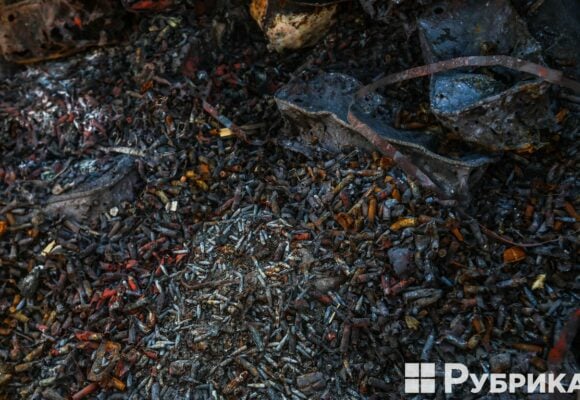
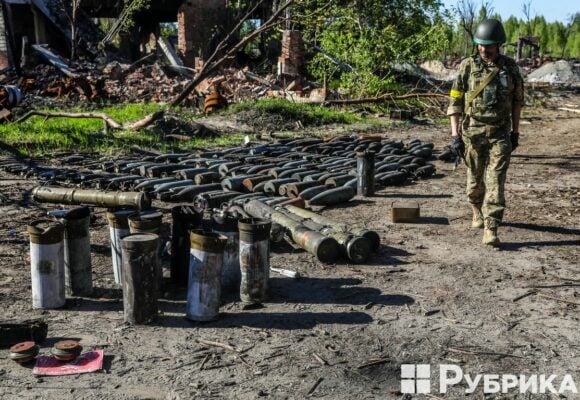
russians are now using everything they have—both old and new ammunition. Not only old but also new shells may not work in combat. Each such missile is dangerous because it has a warhead, Mykola explains. If someone doesn't understand this, they're strictly forbidden to pick up any ammunition.
"For example, I worked at the Hostomel Airport. There are a lot of shells, ammunition, and burnt grenades. Such a grenade is no longer dangerous, but if it gets to a fire, it can explode," the expert explains. "Therefore, we need to talk about this danger constantly. The wreckage of the war will bring us much more grief. Ignoring the basic rules of conduct with discoveries like this can be fatal. Under no circumstances should any finds be brought home. You need to notify the relevant authorities immediately if you see something."
How is demining done?
Each detonation of so many shells is dangerous, and the spread of shrapnels can be quite large. Before the blast, carried out at a sufficient distance from residential buildings, sappers inform the villagers about the upcoming explosion. We watch the explosion, hiding behind a hill. According to safety rules, everyone should wear helmets and bulletproof vests to protect themselves from shrapnel if necessary. There is a loud explosion. A specific "mushroom" rises high in the sky. When the Ukrainian Armed Forces blew up a russian base here in March, the explosions were much more powerful, louder, and more deadly.
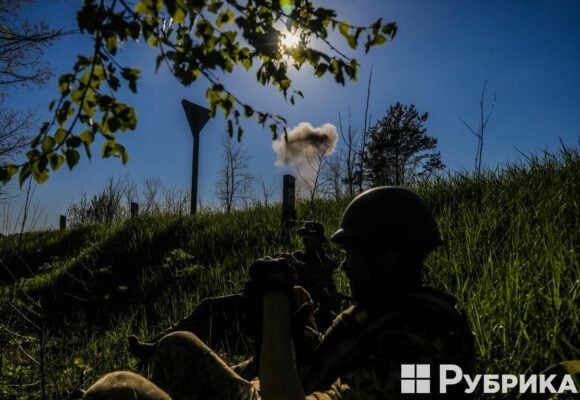
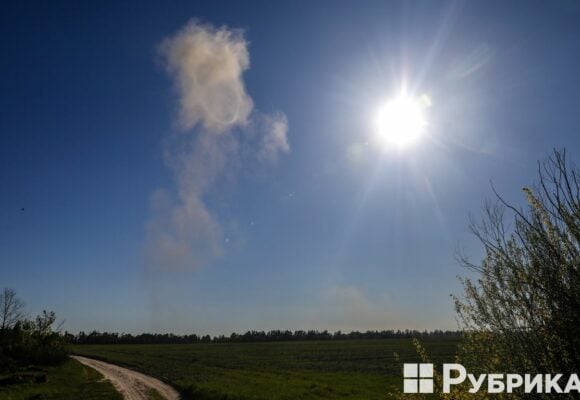
Immediately after the explosion, we hurry to the site of the explosion. Nearby, as a result of the blast, the grass caught fire near the forest line and was almost immediately extinguished and sprinkled with earth. Unfortunately, it's not always possible to take ammunition to a landfill.
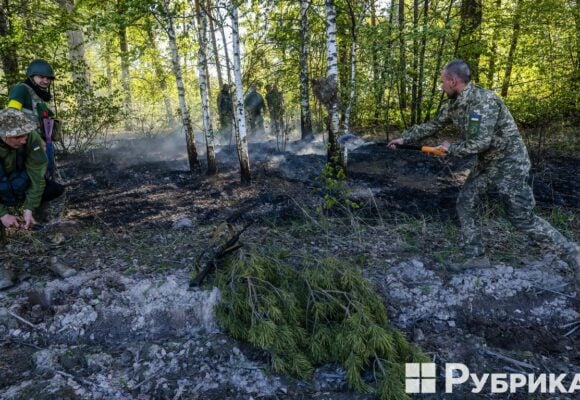
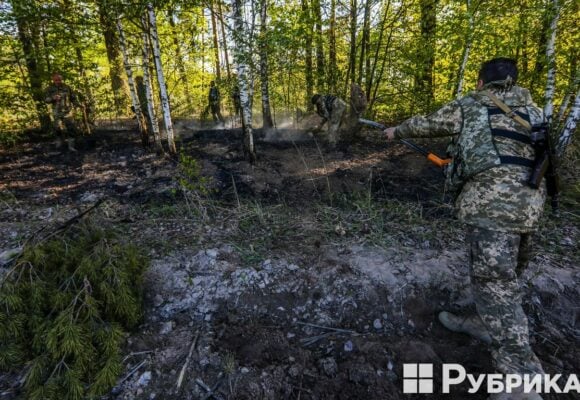
The blast crater is large and deep:
How to demine a reservoir?
Now we are heading to Lake Blakytne in the village of Horenka, very close to Kyiv. There's beautiful nature, a large beach, and lots of greenery. A colleague traveling next to us on the bus said that before the war, he often rode his bicycle here to swim and rest.
The lake was at the epicenter of shelling by the occupiers near Kyiv. For the second day, deminers and divers from the State Emergency Service have worked here: they clean the pond before the start of the swimming season.
Rescuers use a submarine drone to find ammunition.
Then deminer divers take to work and raise ammunition to the surface. Simultaneously with underwater demining, coastal areas are also surveyed. The final stage is transporting and eliminating explosives by controlled detonation at a special site.
Surveying the coastal area and exploring the bottom of the lake is an extensive and lengthy process. Sappers scrutinize every piece of land. As a result, it's prolonged. Ammunition found in the water is carefully carried in the hands and stored in a particular vehicle to remove them to the landfill, where it is later detonated.
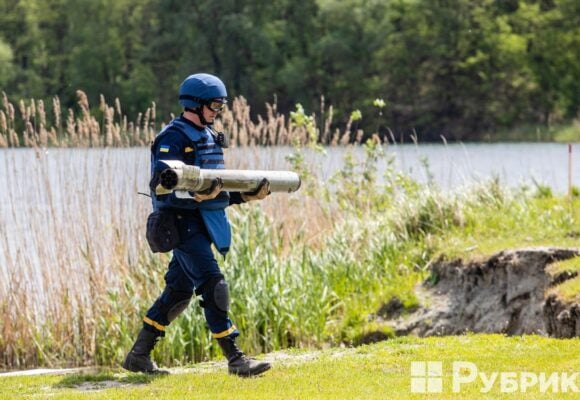
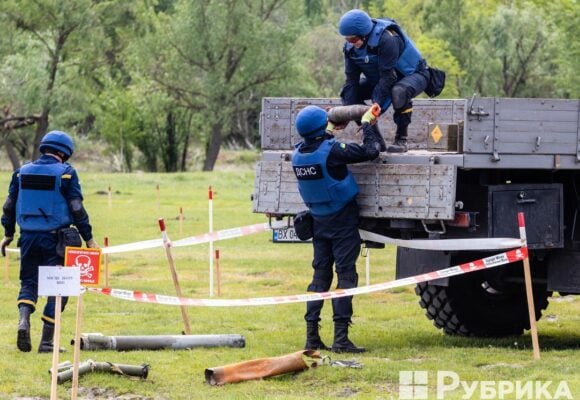
Here we see a slightly different "view," in contrast to the destroyed russian base. It is calm outside. The proximity to the water and beautiful nature suggest thoughts of rest, not the danger. But it's misleading. The risk is everywhere: underfoot and in the water.
Serhii Reva, head of the Ukrainian State Emergency Service's demining department, says that sappers have been working on this lake for two days. A previously conducted survey found that there's ammunition, and now they survey the lake with the help of divers, using underwater metal detectors. "Harvest" of two days is ten munitions, including artillery shells, grenade launcher projectiles, and explosive elements from multiple-rocket launchers. All this deadly hardware poses a genuine threat to people.
"Our deminers come across the up-to-date weapons and ammunition used against us by the enemy daily. They were preparing for war and had developed advanced ammunition and systems; we detect them, neutralize them, learn from them, and do everything we can to demine our territories as quickly as possible and ensure safety for our population."
The deminer emphasizes that each ammunition is dangerous for the sapper and the average citizen, and it's difficult to say which is the most hazardous because each is dangerous.
Besides, sappers still find shells of World War II and even World War I. It was in this lake that a World War II grenade was discovered. We ask about how difficult it is to work with underwater demining.
"Each reservoir is unique," explains Serhii Reva. "It depends on pollution, water visibility, and how transparent and accessible the water is for the diver. This lake is quite transparent. Not every reservoir has such good visibility.
In the Kyiv region, more than one hectare of water bodies has already been surveyed, and about 150 explosive devices have been found in them.
Despite the hard work of sappers, the beach season in the Kyiv region is unlikely to open this summer; there are still many unexplored lakes in the area. Sappers continue to work with minefields and eliminate the consequences of the shelling; how long it will take is difficult to say.
Serhii Reva explains: "It is difficult to say whether it will be possible to swim in the Kyiv region. All work is carried out on a priority determined by local military administrations. We don't advise — we emphasize this because of the danger to the population — going to the forest, lakes, and the settlements that were under occupation." But he adds: "You can swim in this lake."
Since the beginning of russia's full-scale military invasion of Ukraine, 122,555 explosive devices have been neutralized, including 1,979 aircraft bombs. The deminers surveyed an area of 23,888 hectares. The invaders mined about 300,000 square kilometers in Ukraine, including the temporarily occupied territories. So far, Ukrainian deminers have processed 23 thousand square kilometers.
First Deputy Interior Minister Yevhen Yenin announced this during a telethon.
Mine safety rules
Neglecting to follow safety rules means ignoring one's own life. Going to nature, swimming in ponds, and hiking, contrary to the recommendations of the military and the Ukrainian authorities, can be a tragedy for you and your loved ones. That is why you should follow the following safety rules until our country is completely cleared of mines:
- The first rule is not to touch unfamiliar objects. It's essential to be vigilant and not to touch suspicious objects or abandoned toys, phones, household items, etc. Even a "very ordinary"-looking ballpoint pen can be filled with explosives.
- Pay attention to the signs of mined areas. These can be signal tapes, tripwires (usually at the level of the knees), signs with skulls and bones, and the words: "ATTENTION, MINES!" or "DANGER! MINES!"
- Mined areas may not have any markings. Therefore, it is necessary to avoid going to the woods, walking in greenery belts, wastelands, ruins, beaches, dirt roads, and paths; you should also bypass abandoned homes and premises.
- Under no circumstances should you swim in water bodies not examined by deminers. Also, remember that it's forbidden to swim in the sea; the Black Sea is mined, mines can be close to shore, and detonating at any moment will cost you your life. Walking on mined beaches is also strictly prohibited.
- Do not approach shells, missiles, and mines that did not explode; they can detonate anytime.
Take care of yourself and your loved ones. Read more about safety rules, what mines can look like, and where the russians may hide them.
